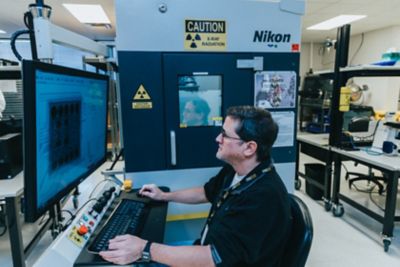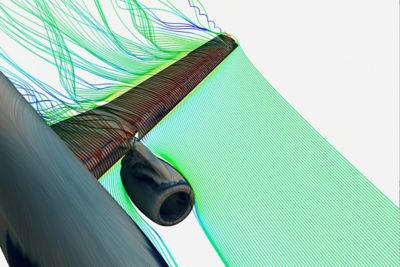Course Overview
This course teaches the essential skills you will need to perform data processing using Ansys Data Processing Framework. The aim of the course is that you become autonomous in creating user defined workflows for your data processing (specific results post processing for example). DPF offers limitless possibilities for data transformation, learn how you could take benefit from this.
Instructor demonstrations and hands-on workshops cover every aspect you will need to create your own DPF workflows.
The course covers DPF as a stand-alone tool as well as DPF in Mechanical.
This course proposes a complete description of DPF concepts. It also specifies in which situations DPF can be used. It shows the expected outputs when using DPF in Mechanical and / or DPF as a stand-alone tool.
This course illustrates the use of DPF operators and how to chain them to create workflows. It also teaches get the right information for script creation, from the help documentation.
Module 03 covers DPF as a stand-alone tool. Module 01 to Module 03 do not require any knowledge about Ansys Mechanical. This learning path is accessible to users from any discipline.
Module 04 covers DPF in Mechanical.
Prerequisites
- An experience in Python scripting is recommended.
- Knowledge about Ansys Mechanical is also recommended.
Teaching Method
Lectures and computer practical sessions to validate acquired knowledge.











